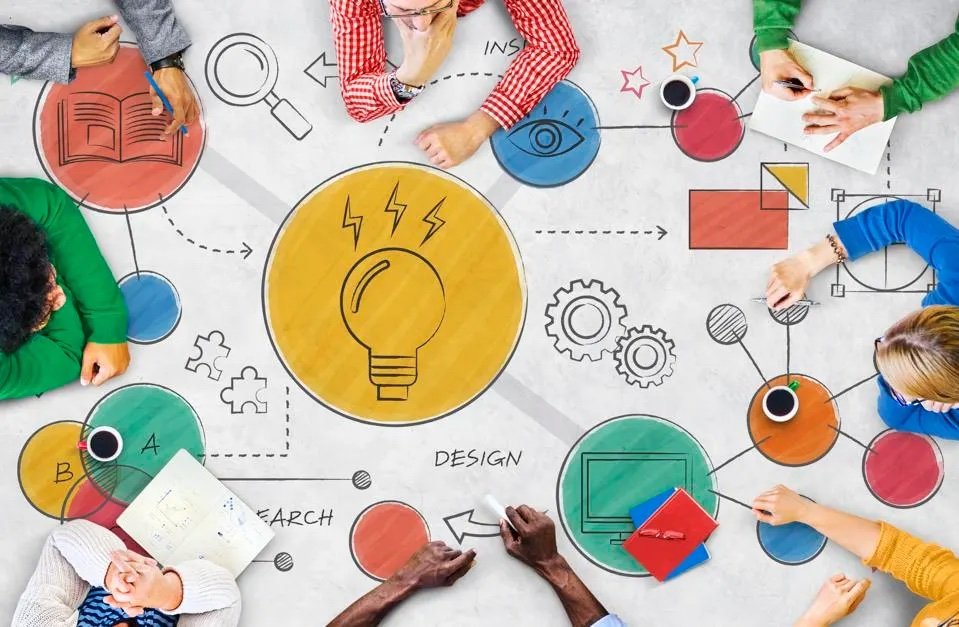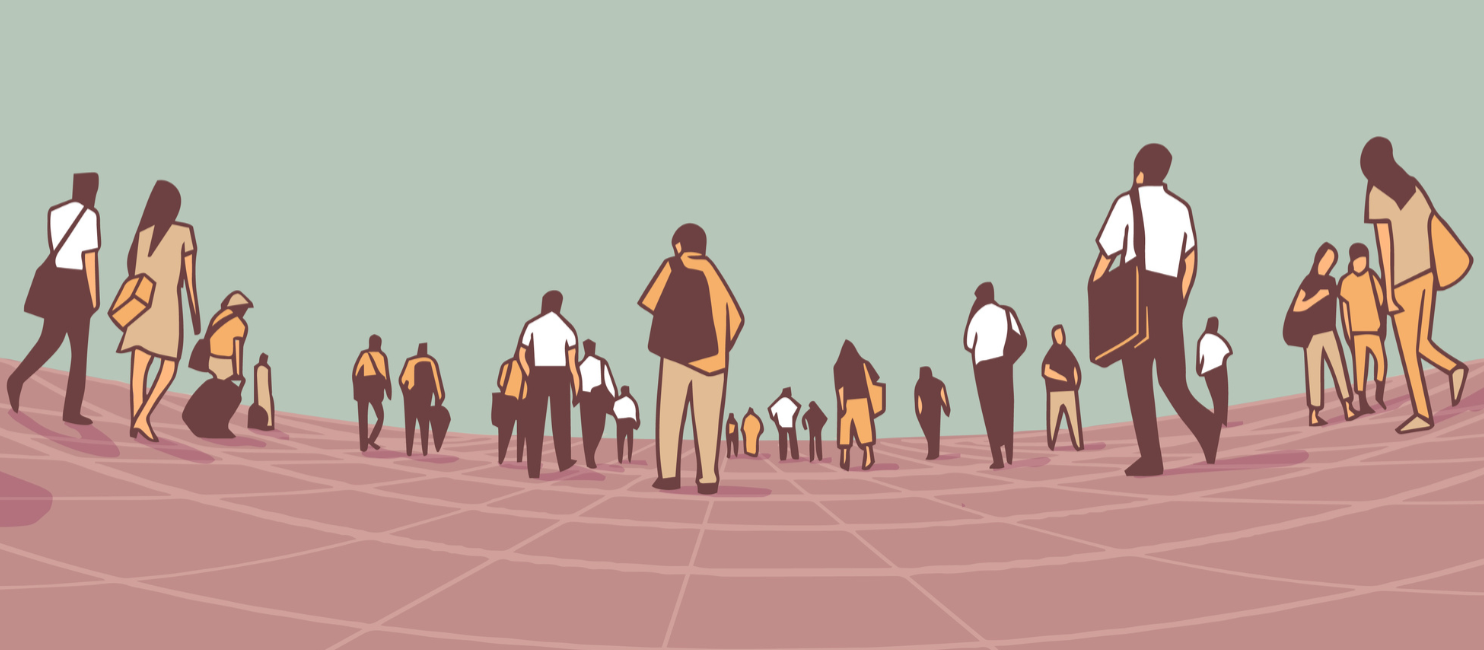Image c/o McKinsey & Company
Which term accurately describes the issue: racism, discrimination, or prejudice? When these words come to mind, do they empower me and make me stronger, or do they weaken me and promote dissolution?
Integrating language effectively into action is essential for effective communication. It's crucial to ensure that what you say aligns with who you are as your audience evaluates your genuineness and trustworthiness based on this alignment. I think if you approach communication with honest inquiry and ensure that every word reflects your truth, you're on the path to growth - a golden pathway. On Thursday 7th March, Chiara Marmugi will be the facilitator, Phaedria Marie St. Hilaire and myself will be sharing our perspectives and insights on the complex realities of racism in Denmark. Sign up here.
““To make difference in someone’s life, you don’t have to be rich, beautiful or perfect. You just have to care.””





















